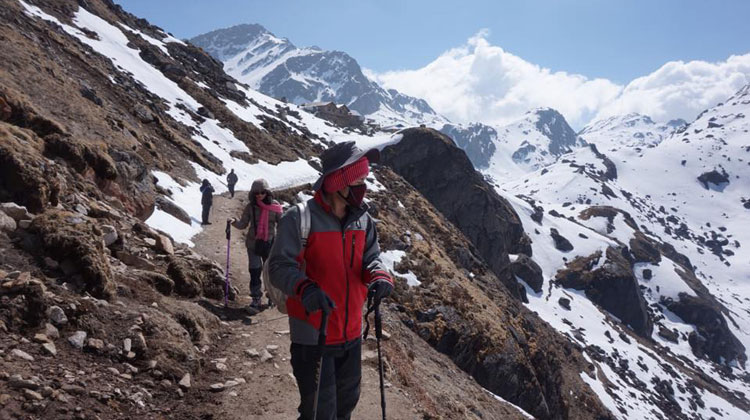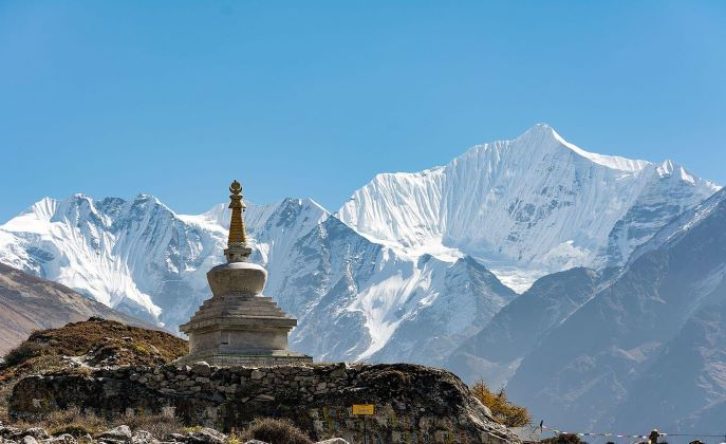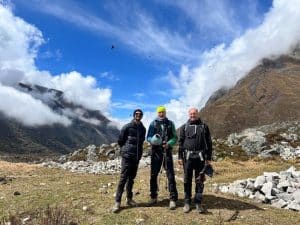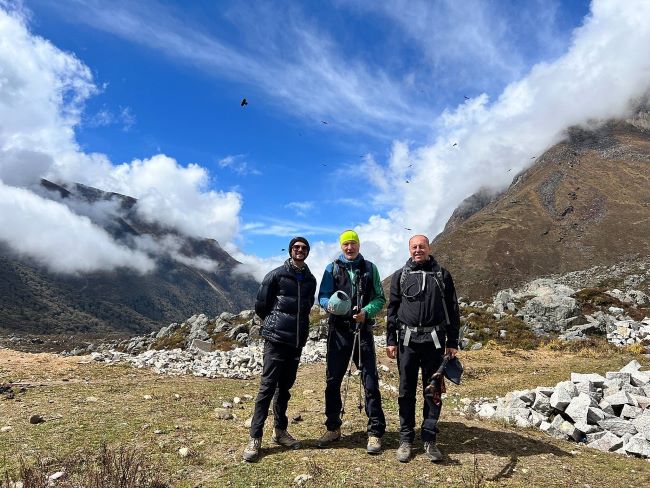Overview
Langtang Gosaikunda Trek is a beautiful adventure trekking in the Langtang Region of the Himalaya. Langtang was the worst hit trekking region by the devastating earthquake in 2015 that badly destroyed infrastructures and precious lives there leaving the remaining into miserable and vulnerable condition. But now, with the basic infrastructures built and safety measures checked, trekking in the area is already in the operation.
A wonderful Langtang Gosaikunda trek combines the remote and spectacular valley of Langtang with the high mountain lakes at Gosaikund. The biggest sacred Hindus Holy Lake. The trek follows a well-established trekking route along the region. It brings incredible experience of culture of the ethnic tribe living in the region along with the joyful excitement of beholding breathtaking mountain peaks up close. While exploring Langtang Valley, Kyanging, Kyanging Ri, Laurebina La Pass, Gosaikunda, and several other places, you will be as high as 4,610 meters above the sea level with overnight stops mostly below 4,000 meters. Only place that you spend overnight above 4,000 meters is at Gosaikunda at the elevation of 4,380 meters above sea level.
Highlight of Langtang Gosaikunda Trek
# Trekking to Lees Crowed & Of the beaten Trail
# Closet High Mountain Views with shiny Glacier
# Visit the Most Popular Hindus & Buddhist Pilgrim site – Gosaikunda lake
# Explore the Local People and their lifestyle.
# Trek through lush of forests, high alpine meadows, and yak pastures
Langtang Gosaiknda Trekking permit
Before start the trek you need two different permits for Langtang and gosaikunda trekking. The One is TIMs Permit( Trekking Information management system ) and Another one is Langtang National Park Entry permit.
TIMS Permit & Cost
There are three types of TIMS card Permit. Green, Blue and Pink. The green Card is for individual trekker, means if you go trekking by yourself without any guide or porter. It costs $20. Blue TIMS card Permit; It is for organized group trekkers which costs Only $10. This Blue card TIMs Obtained only from Government registered Trekking Agency. And pink TIMS card, It is for SAARC Countries Trekkers, It cost $6 per person.
Langtang national Park Permit
For Trekking to Langtang Region, every trekkers required to have- the Langtang National Park Permit before start the trek, It costs $30 excluding 13% VAT, The permit available from Tourism Board or on the way to Entry Point Dhunche Bazzr.
Langtang Gosaikunda Trek Itinerary
Cost Include / Exclude
What’s included
- Round-trip airport transfer (Airport/Hotel/Airport)
- 2 nights Hotel in Kathmandu, including breakfast
- Meals :- 3 Meals a day during the trek (Breakfast, Lunch and Dinner)
- Hot Drinks: tea, Coffee
- Necessary trekking Permit and company paperwork.
- Transportation : from Kathmandu to Shybru Besi and from Dunche to Kathmandu By Bus.
- All The accommodations in lodges/tea-houses during trekking.
- Trekking Guide: An experienced, helpful, friendly, and English speaking trekking guide
- Trekking Porter : Carry your luggage (One porter for 2 members)No porter for Solo trekkers
- Trekking Equipment – Sleeping bag, down jacket, Duffel bag ( refund after the trek)
- Medical supplies (first aid kit will be available)
- All Government Taxes and Service Charge.
What’s excluded
- International airfare and Nepal entry visa fee
- Personal Travel insurance and rescue evacuation in case of emergency
- Lunch and Dinner in Kathmandu
- Your personal expenses, such as phone calls, hot/cold shower during trekking, laundry, etc.)
- All the bar bills, such as cold drinks, alcohol, bottled water, etc.)
- Tips for guide and porter
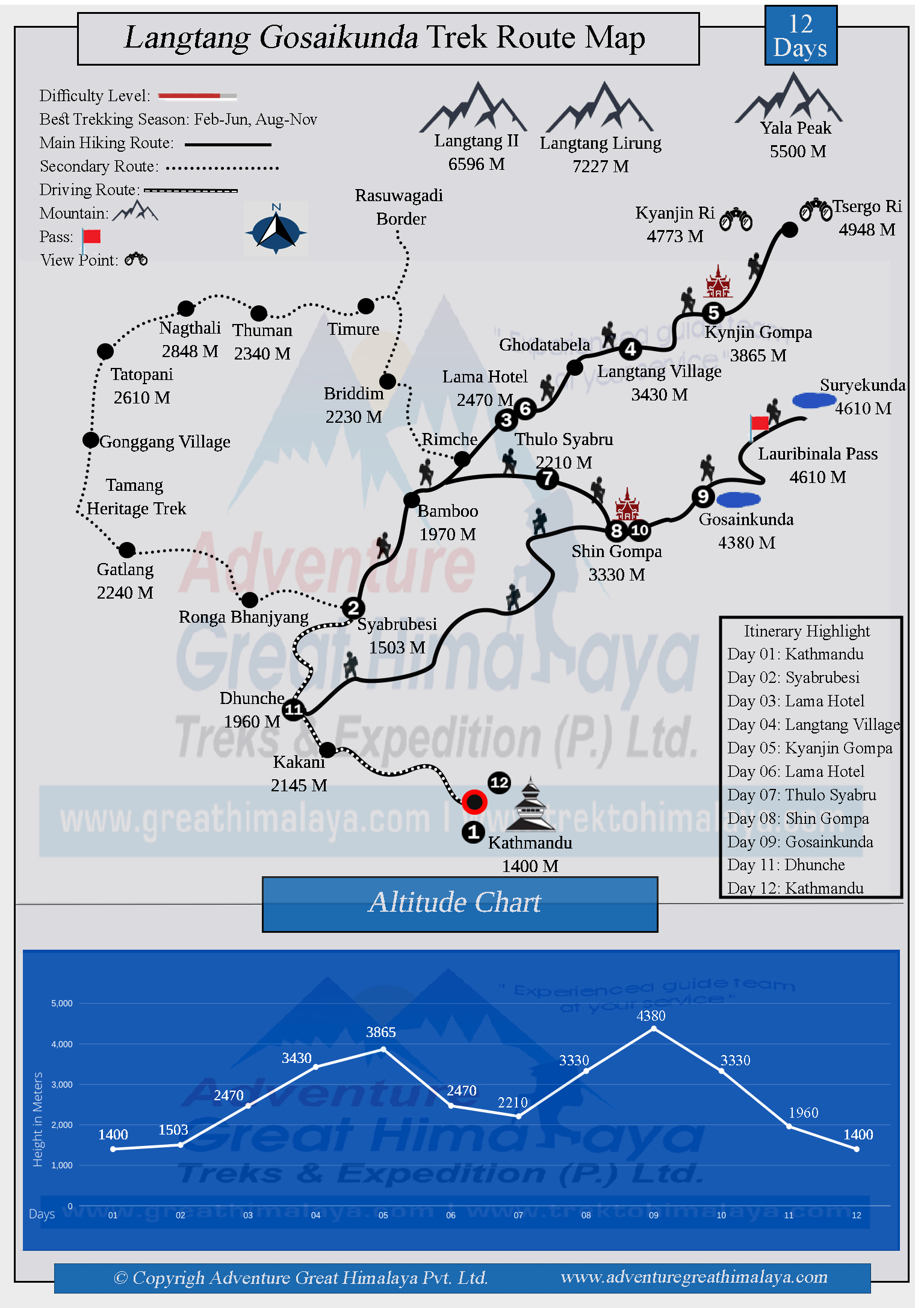
Gallery
